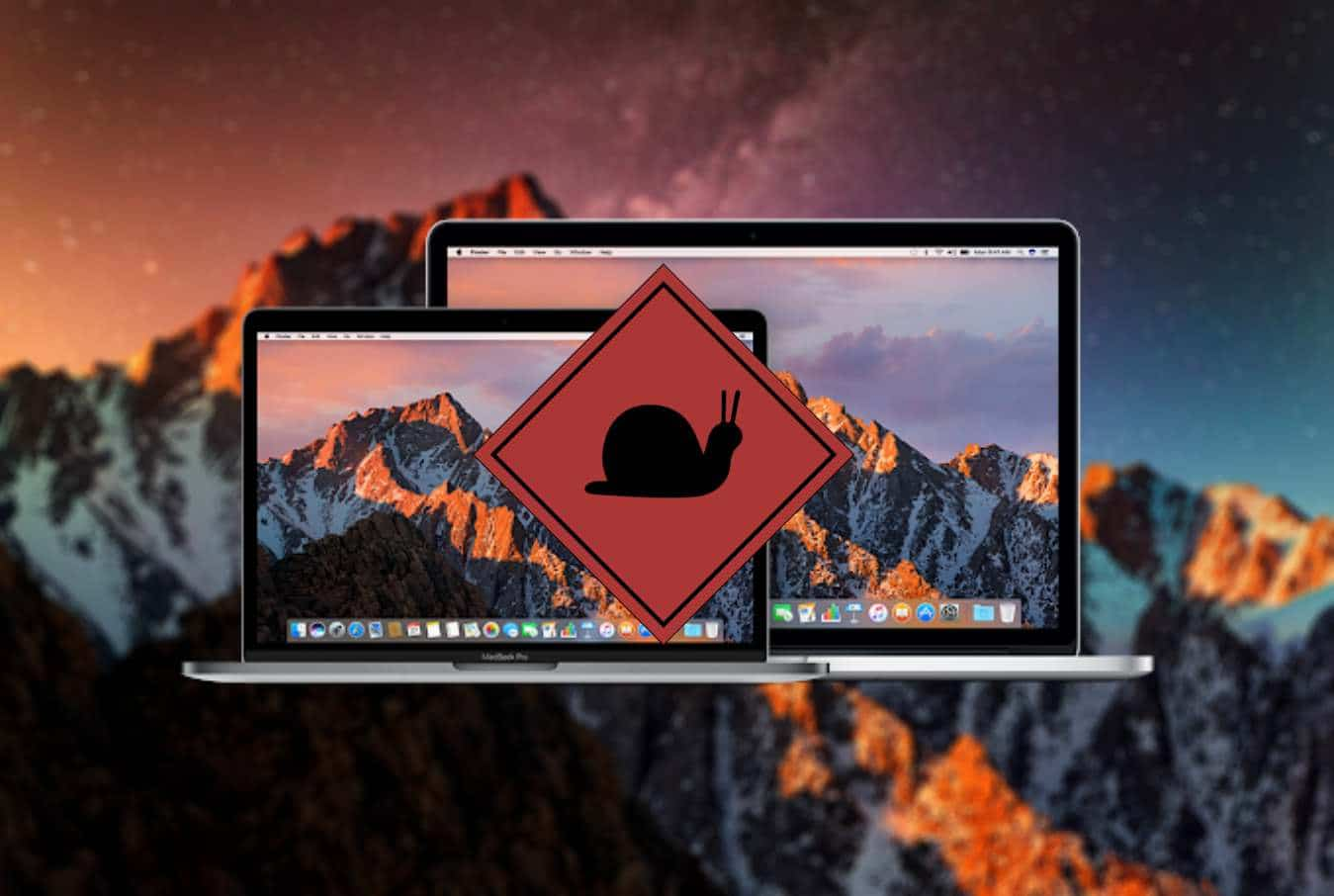Did you know by 2025, about half of digital transactions will be done through mobile meaning the use of digital wallets will be more than double? Here are five steps you can take to protect your digital wallets.
The global adoption of digital payment methods is increasing at an annual rate of over 13.5%. By 2025, about half of digital transactions will be done through mobile. What drives this growth is the convenience of digital wallets and the policies governments around the world are putting in place to create cashless societies.
Digital wallets come either as an account you access through a browser or an application you download and install on your device.
A digital wallet works through the internet, which creates the risk of someone with some technical competency level accessing it to steal from you. Often the theft occurs when someone hacks your device or phishes you to steal the critical information needed to access the wallet, such as passwords and PINs.
The hacking is done through planting malware in your device to harvest data, and phishing happens when someone tricks you into sharing with them the information they need to steal from you.
It is essential that, as you embrace digital wallets, you take the necessary steps to protect yourself from these attacks.
The following are things you can do to protect your digital wallets:
1. Use a VPN to secure your communication.
Hackers seeking to steal data to use to access your digital wallets might opt to watch your activity, especially when you use public WiFi. Besides only accessing the internet using a secure or private connection, the other way to secure your communication is to use a virtual private network (VPN).
Indeed, this is the ideal solution, especially given that you might have your wallet on the phone or laptop, and that means you need to use it to make payments while on the go. In particular, you should consider using a VPN service to encrypt your communication at the point where eavesdropping is most likely to happen.
The data is only decrypted after going through a server in another location, giving it a new IP address and making it hard for anyone watching your communication to track it.
2. Use antivirus and antimalware.
The hackers will often plant malicious software in your device to harvest the information they need to steal from you. It is possible to avoid malware by not clicking on suspicious files or visiting sites whose credibility you do not ascertain.
This can be a little difficult, though, given that we often don’t have the time, capacity, and patience to interrogate every site we are about to visit or file we are about to download. And that is where antivirus and anti-malware help. They can detect suspicious sites and files and block them.
In August, it was reported that an individual lost 1400 BTC (worth over $16 million) after being tricked into installing malware as part of updating their digital wallet.
3. Make sure you are installing official wallet apps.
There have been cases in which people have been tricked into either downloading and installing a fake digital wallet or accessing a lookalike website. When this happens, you are likely to input the access credentials to your actual wallet, and someone will collect those and use them to steal from you.
Before you install a digital wallet on your phone, confirm who the publisher is, look at the number of downloads as well as the reviews other users have left. If you can’t recognize the publisher, the number of downloads is significantly smaller than what you expect, or there are very few reviews, then most likely it is the wrong app.
For websites or portals, look carefully at the URL , and once you identify the right site, bookmark it so the next time you don’t have to search or write it and risk making mistakes.
4. Use 2-factor authentication
Most digital wallets have 2-factor authentication that you can use to add a second layer of security. That could be the use of a one-time code sent to your phone through text or to your email box, which you can use to access your account.
Besides text and email, you could also use solutions like the Google Authenticator app to secure access to your digital wallets.
With the 2-factor authentication feature, even if a hacker or a phisher manages to get your account details, including the password or PIN, they still need to have physical access to your phone or access to your email to be successful.
5. Know how a digital wallet works before using it
Before you start using a digital wallet, especially before putting any money there, take some time to study and learn how the digital wallet works. Find the guiding material from the company, read reviews from other users, and if you have to contact customer support to get answers to questions, you might have. This will help avoid mistakes that can make you vulnerable.
This is even more necessary if you are using crypto-wallets. With this type of digital wallet, there is no possibility of reversing transactions or identifying those who cash out after stealing from you.
Did you enjoy reading this article? Don’t forget to like our page on Facebook and follow us on Twitter!









